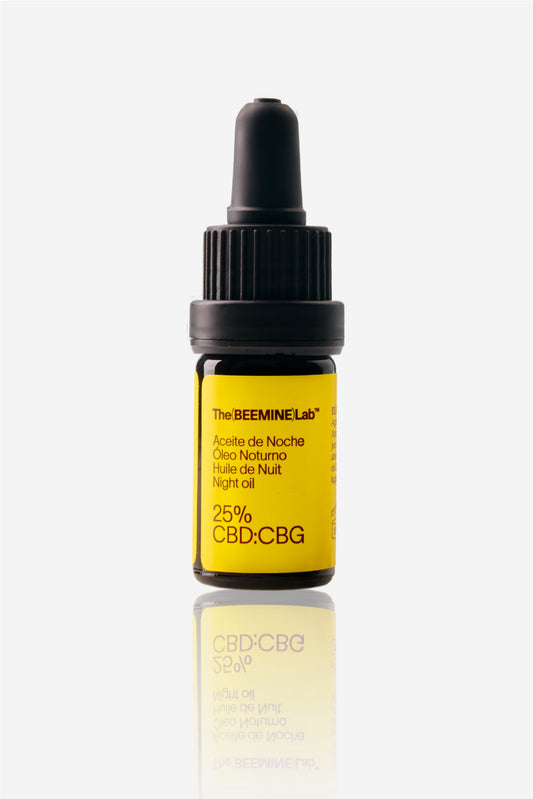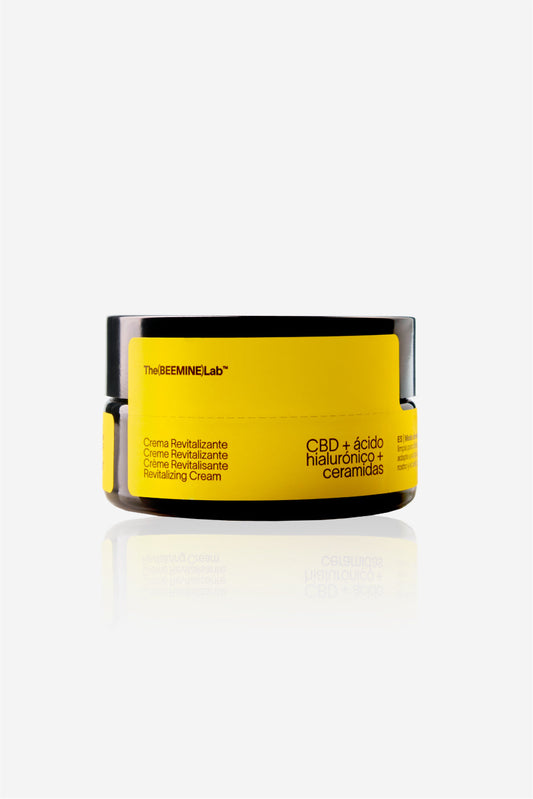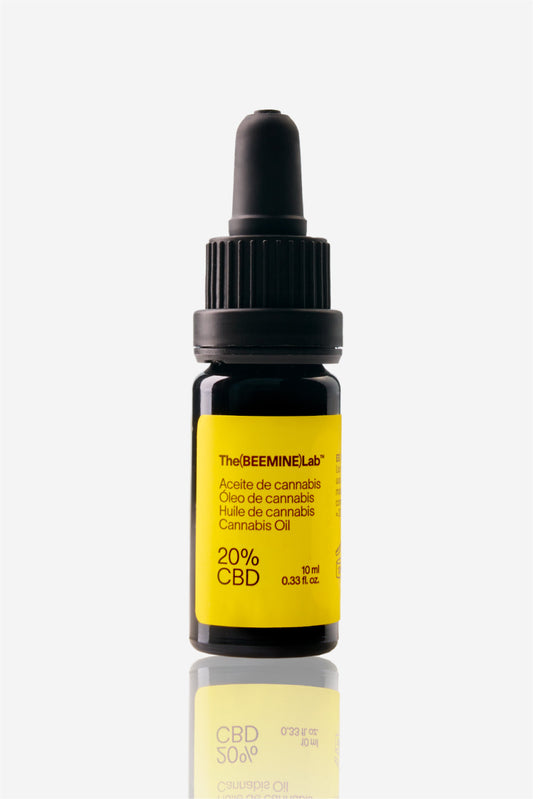As
medical cannabis has gained significant attention in recent years, it is important
to understand:
CBD also affects the metabolism of drugs , varying their effects on our body.
Pharmacokinetics ethics
To understand how and why CBD can interact with medications , it is necessary to know the different processes that a drug undergoes during its passage through our body, something known as
pharmacokinetics and consists of the following steps:
- Absorption, or the process by which a drug passes into the bloodstream
- Distribution of the drug to the places where it will produce its action
- Metabolism
- Elimination
This can
change the bioavailability of the drug , that is, the amount of drug that remains in our body, thus causing a different effect than expected.[1]
It all depends on the form of administration
The
way CBD is administered will also influence whether or not drug interactions occur, as the mode of administration affects the amount of CBD that can be present in the liver and how quickly it gets there. [2]
-
Topical route . Although topical cannabinoids can be absorbed through the skin and into the joints, they do not enter the bloodstream in this case. There is no potential for drug interactions to occur using this route . [2]
To learn more about the routes of administration you can take a look at
our article , reviewed by the Neuropsychologist and Phytotherapist, Tommaso Bruscolini.
We'll go into more detail later!
Inhibitory effect
It can
increase its
toxicity and the
risk of
suffering adverse effects .[3][4]
Adjust the dose . This fact can also be used to our advantage.
The same therapeutic effects can be achieved with lower doses of medication , resulting in fewer drug-related side effects and a higher quality of life.
Inducing effect
If
CBD exerts an
inducing effect on the enzyme responsible for the metabolism of a drug, the
activity of the enzyme is enhanced . [3] [4] This causes our
drug to be metabolized faster . If the amount of drug is less than expected, its effects are diminished.
Therefore,
the desired therapeutic effects may not be achieved . [3] [4] If we are taking a medication that interacts with CBD in this way, we would have to
consult a
doctor to
readjust the
dose .
Appropriate administration routes can also be used to
avoid these
interactions , such as the correct use of the
sublingual route or the
inhaled route. [5]
Synergistic effect
CBD can also act synergistically with some drugs such as opioids. As a result, additive effects are obtained, greater than those achieved if the drug is administered alone. [3] [4] In this case, the effects of the drug are enhanced, so
the same effect can be achieved with a lower dose .
The exact mechanism by which this happens is still unknown. However, it is believed that it may be because both substances achieve the same effect in our body, despite activating different processes, hence the synergy. [3] [4] If a
synergistic effect occurs, the same effect can be achieved with a smaller amount of medication , so it is recommended to consult a doctor to readjust the dose.
Non-steroidal, such as:
- Ibuprofen
- Diclofenac
- Naproxen
- Some drugs for arthritis
They are mainly metabolized by the enzymes CYP2C9 and CYP2C19. [3] This cannabinoid has a
slight inhibitory effect on them, meaning it inhibits the metabolism of these drugs through CYP450. The
drugs remain circulating in the bloodstream and could cause an overdose or toxicity . [3] If you are going to consume any of these drugs along with CBD, it is recommended
to consult with a doctor to reduce the dose and monitor adverse effects and toxicity.
Alternative administration routes may also be considered , such as correct use of sublingual or inhalation.
CBD and painkillers (Opioids)
Many of the painkillers we commonly take for pain relief are opioids. Some examples are:
- Morphine
- Methadone
- Oxycodone
- Codeine
- Tramadol (Studies are needed to understand the interaction)
- Fentanyl (Studies are needed to understand the interaction)
Some of them, such as
codeine or
oxycodone , have to be
converted into other molecules to exert their effect on our body. This conversion is carried out by enzymes from the UGTs family. [5]
CBD is an inhibitor of UGTs enzymes , so the analgesic effects of codeine or oxycodone will be less if consumed together with CBD.
However, many studies show that cannabis increases the effect of opiates, but why?
In some cells, there is a protein called P-gp, which is responsible for expelling some substances to the outside.
Morphine and
methadone are some examples. This causes the amount of opioids that enter our brain to be lower. It has been observed that
CBD inhibits this protein, allowing greater amounts of morphine to enter the cells . This fact could be the explanation for the
synergistic effect , which would explain the greater effect of opioids with lower doses if they are consumed together with CBD. [6]
Opioids such as fentanyl or tramadol are not substrates of the P-gp protein. The effects of CBD on these drugs are still unknown. Therefore, further studies are needed. [6] The use of CBD together with some opioid analgesics does not increase the risk of suffering adverse effects. In fact,
the same effect can be achieved with lower doses of the drug . [7]
You may
consult a doctor to readjust the dosage.
For opioids such as fentanyl or tramadol, whose interactions with CBD are not yet fully understood, consult your doctor or use alternative routes to ingestion to avoid any possible effects.
CBD and painkillers (non-opioids)
Paracetamol (acetaminophen) is another commonly used analgesic* medication, but it is not an opioid.
It is metabolized by enzymes known as UGTs . [6]
*
Fun fact : The analgesic effect of paracetamol is due to an indirect activation of cannabinoid receptors (CB1). [8]
CBD is an inhibitor of
UGTs enzymes , so the
concentration of paracetamol in our body will be higher . This causes an increased risk of side effects, such as liver damage. [6] It is
recommended to reduce the dose of the drug to reduce this risk, always
consulting with medical advice . Other routes of administration other than ingestion may also be considered.
CBD and flu medicines
Some
anti-flu medications commonly used to relieve cold symptoms use
doxylamine as the main ingredient , an antihistamine that is also frequently found in allergy medications. CBD has an
inhibitory effect on the enzymes that break down these medications.
Consuming them simultaneously can produce an increase in the amount of the drug thus causing an increase in adverse effects such as; drowsiness, confusion and, in more severe cases, deterioration of motor function. [11] The best option is
to adjust the dose to reduce the risk of adverse effects . Seek
medical advice and consider other routes of administration other than the one ingested.
CBD and hormonal contraceptives
There are different opinions about the results of consuming CBD alongside hormonal contraceptives, so further study is still required on this subject.
There are currently
several clinical trials underway to assess the potential interactions of birth control pills with CBD. However, so far, the literature only provides information on how the whole cannabis plant (including CBD and THC, and not separately) may affect these preparations.
If you want to know more about how THC interacts with medications, you can take a look at the
article on drug interactions or the
training video by Dr. Sarah Chinelo on the same subject.
Literature:
- Bornheim ML, Almira M. Effect of cannabidiol on cytochrome P-150 isozymes . Biochem Pharmacol. 1989.
- Project CBD. Canabinoid-drug interactions . 2018.
- Brown JD, Winterstein AG. Potential adverse drug events and drug-drug interactions with medical and consumer cannabidiol (CBD) use . J Clin Med. 2019.
- Alsherbiny MA, Li CG. Medicinal cannabis - Potential drug interactions . Medicines (Basel). 2018.
- Kim J, De Jesus O. Medication Routes of Administration . [Updated 2021 Feb 25].
- Vázquez M, Guevera N, Maldonado C, et al . Potential pharmacokinetic drug-drug interactions between cannabinoids and drugs used for chronic pain . BioMed Research International. 2020.
- Nielsen, S. et al. Opioid-Sparing Effect of Cannabinoids: A Systematic Review and Meta-Analysis . Neuropsychopharmacology. 2017.
- Bertolini A, Ferrari A, Ottani A, Guerzoni S, Tacchi R, Leone S. Paracetamol: new views of an old drug . CNS Drug Rev. 2006.







